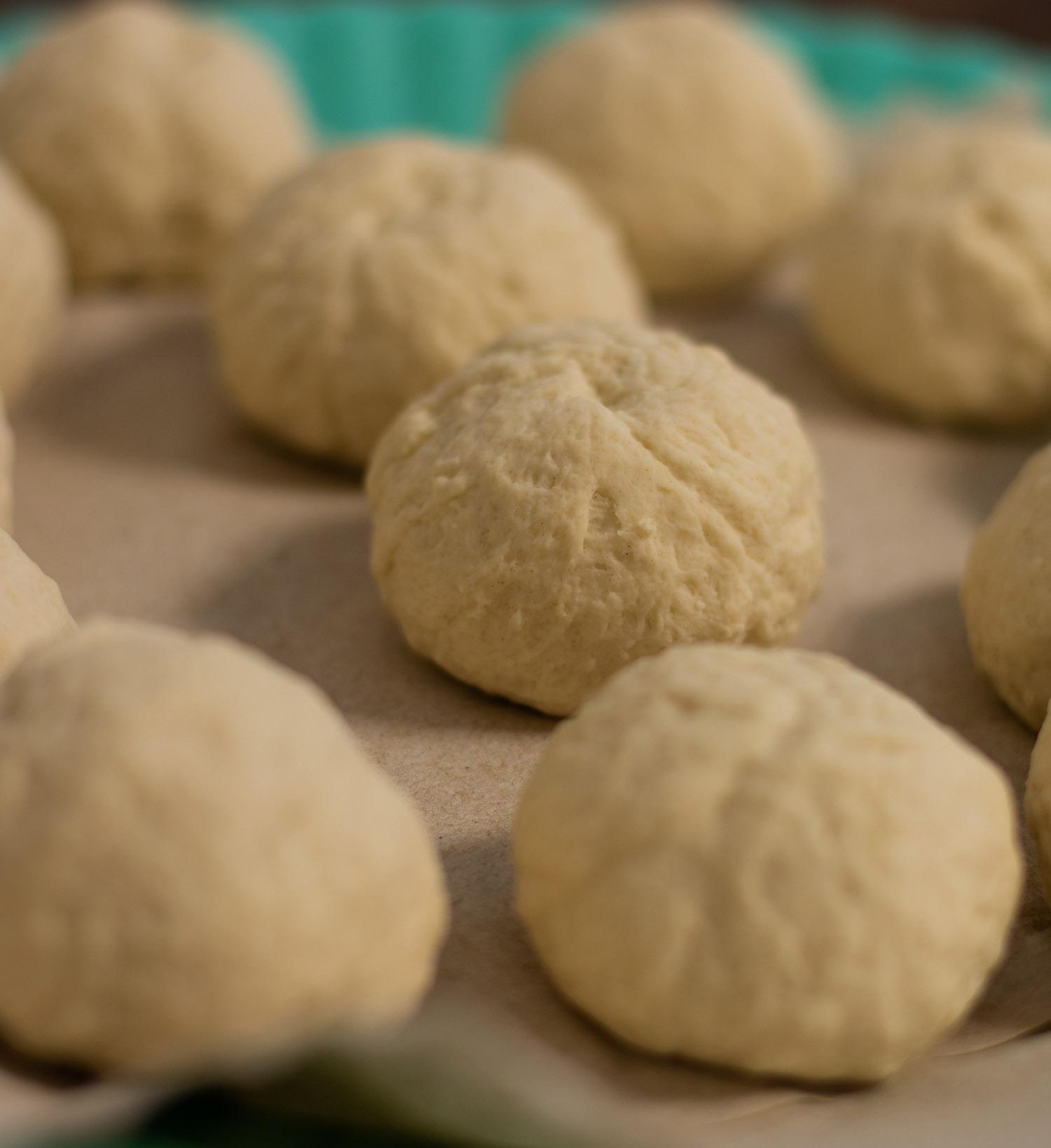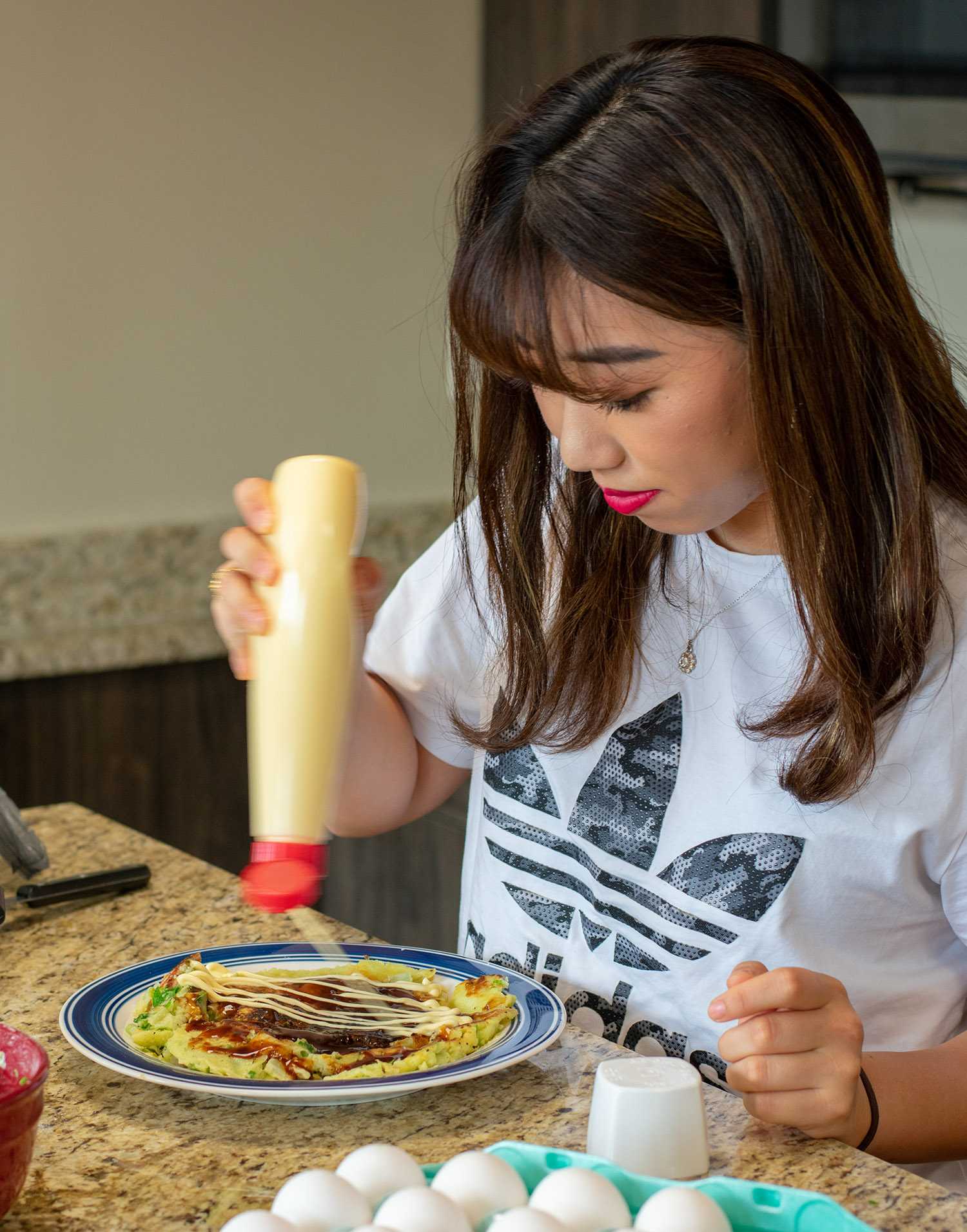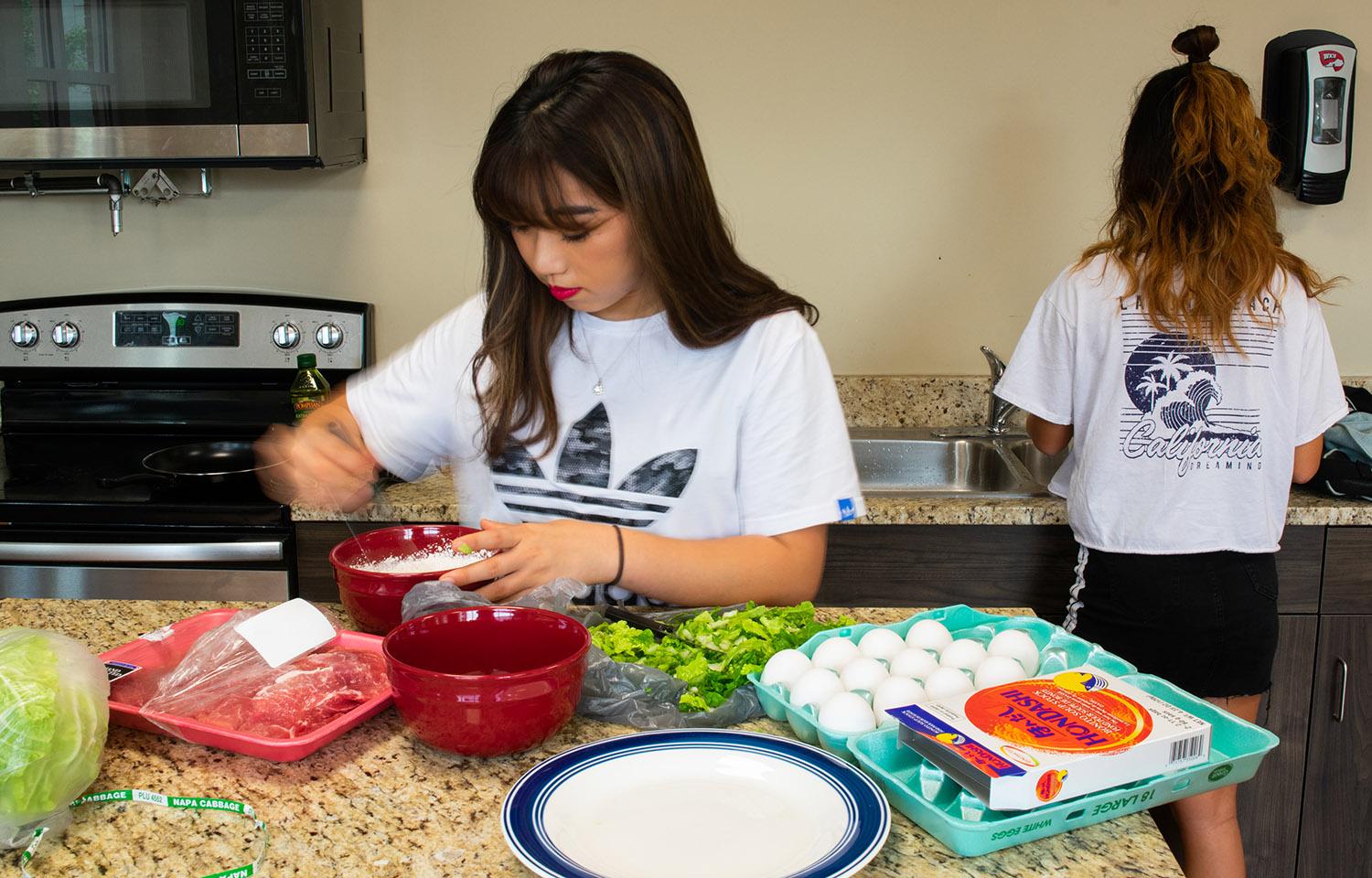This story was originally published in early December in “Movement,” the fifth issue of Talisman magazine.
WKU was home to 1,168 students from other countries in Fall 2016 making up 5.8 percent of the WKU population, according to the 2017 WKU Fact Book. Acclimating to a new culture comes with its own challenges from navigating Bowling Green to navigating cultural differences, and food is no exception. See how these students hold onto pieces of home through the cuisines they’ve brought from home to America.
Belize
Jamin Lopez, a senior and resident assistant at Northeast Hall, was born in Belize and immigrated to the U.S. to attend WKU. He was offered in-state tuition for being an international student. Lopez took advantage of the opportunity to expand his studies to make him a stronger candidate for job possibilities in either country.
Having lived in America for two years, Lopez has acclimated to the busy atmosphere, which has affected his diet dramatically.
“A lot of the food here is fake, and I have gained weight because of it,” Lopez said. “The green peppers from the grocery store smell like Starburst!”
Lopez said he does enjoy the speediness of his orders and the crispy coating of fast food from chains like Popeyes and Bojangles.
However, Lopez said none of the American food can compete with the Central American cuisine he eats back home, such as his mother’s coconut rice.
“The food is the absolute best,” Lopez said.
COCONUT RICE

Servings: 3
1 pound white rice
1 cup coconut milk
1 tablespoon butter
Curry seasoning for taste
Using a colander, rinse white rice. Put rice in medium saucepan and add water per package instruction. Bring to a boil.
Pour coconut milk into saucepan until it is an inch above the rice. Add butter. Continue cooking until mixture thickens, stirring regularly.
Let the mixture evaporate for 15 minutes after removing saucepan from heat.
Add curry seasoning.
(Recipe from Jamin Lopez.)
Jamaica
Briana Robertson, a WKU junior, moved to the U.S. six years ago and said she was initially ambivalent on finding a permanent residence in the states. She said there is “no community” in America compared to Jamaica, which would set her apart from her peers.
She gravitates toward following her traditions from home rather than conforming to the American lifestyle. She tries to cook her own meals as often as possible, rather than eat out at restaurants, and she refuses to use a meal plan. However, she has found it difficult to cook given the small kitchens provided in the dorms.
“I became an RA at Rodes so I could use a bigger kitchen,” Robertson said. “Before I got the position, the kitchen I was cooking in felt like a closet. I couldn’t spread anything out.”
Robertson said this contrasts with the cooking environment in St. Catherine, Jamaica, where neighboring families utilize their spacious yards and kitchens simultaneously. Despite this hindrance, Robertson said she finds joy in sharing her Jamaican dishes with her peers and residents, allowing them to get a taste of the homeland she cherishes.
FRIED DUMPLINGS

Servings: 2
1 cup flour
1 tablespoon baking soda
1 teaspoon salt
1 cup water
3 tablespoons vegetable oil
In a large mixing bowl, mix flour, baking soda and salt. Slowly pour in water while kneading the dough. Dough should be easy to mold and not sticky.
Pour cooking oil into skillet. Heat to medium.
Roll dough into medium size balls.
Using tongs, place balls into heated oil. After about two minutes, when dough starts to brown, flip dumplings.
Continue frying until all sides are golden brown.
Note: Do not leave food unattended while frying. Watch attentively.
(Recipe from Briana Robertson.)
Kuwait
Born in Dublin, Ireland, senior Mohammed Alkandery moved to Kuwait at five years old. In the pursuit of a mechanical engineering career, Alkandery migrated to the U.S in 2014. He initially settled in Arkansas before moving to Bowling Green to attend WKU.
Following a predominantly vegetarian diet, Alkandery said he frequently snacks on dates and Arabic coffee in his spare time, two common foods in Kuwait.
“My ancestors have been eating dates since the beginning of time,” Alkandery said. “They will never go bad.”
While Alkandery feels comfortable in his new home near campus, racial disparities between himself and some of his American counterparts have made him want to retain his culture even more. He said he does this through maintaining traditional dining etiquette and socializing over Arabic coffee.
ARABIC COFFEE WITH DATES

Servings: approximately 4 cups
3 tablespoons freshly ground Arabic coffee beans
1 tablespoon ground saffron
1 tablespoon ground cardamom
If not ground already, grind Arabic beans and pods of cardamom to a fine powder. Set aside for later.
Using a dallah, a traditional Arabic coffee pot, bring water to a boil. A tea kettle could be substituted if a dallah is not available. Once water begins to boil, remove dallah from stove to cool down.
Add ground coffee to the water and return to the stove. Do not stir the mixture. Return to a boil, then reduce heat and allow coffee to brew for about 10 minutes.
Remove dallah from heat long enough for foam to recede back down to water level. Add saffron and cardamom to mixture and return to stove.
Once foam has formed at the top of the dallah, remove from stove and let it sit for about 5 minutes.
Note: Because Arabic coffee lacks sugar, it is often served with something sweet, such as dates or chocolate. Other ingredients that would mask the taste of the coffee, like milk or cream, are often frowned upon.
(Recipe from Mohammed Alkandery.)
Japan
Osaka, Japan, native and junior Yuka Akitomo migrated to the U.S. in January because she was interested in WKU’s international program and the opportunity for her to expand her studies. She said she was initially taken back by the urban sprawl of the U.S. in comparison to Japan.
“Since Japan is an isolated island, everything is congregated,” Akitomo said. “It makes it more packed, but it’s definitely more convenient.”
Akitomo said that Japan’s consolidation makes food more accessible.
Traditional Japanese dishes are valued in the region, regardless of Western influence. Sushi remains a treat throughout the bustling streets of Osaka, Akitomo said. While the Japanese public lead relatively busy lives, they still find time to cook daily and prepare food to consume on the go.
Although Akitomo remembers her mother as the predominant cook in her household, she struggles with retaining recipes from home. She wants to broaden her Japanese cooking knowledge. Akitomo admits she stopped using a campus meal plan after gaining weight from all the fast food on campus. She said she would save a lot of money if the meal plan offered healthier options.
However, Akitomo said she is grateful for this learning experience. She is utilizing her time to drift away from easy Japanese rice dishes and delve into more elaborate recipes. By moving in with another Japanese roommate who supports this experimental effort, Akitomo is able to keep a piece of Japan in her pantry at all times.
OKONOMIYAKI (JAPANESE PANCAKES)

Servings: 2
1 cup water
2 eggs
Flour (enough to thicken batter)
Shredded cabbage (as much as desired)
2 tablespoons cooking oil
Pork (as much as desired)
Japanese mayonnaise
Okonomiyaki sauce
With a large mixing bowl, combine water, eggs, flour and cabbage to create a batter. Whisk contents until there are no lumps in the mixture.
Cut pork into strips and set aside.
Add cooking oil into skillet. Turn heat to medium.
Pour batter into the skillet. Continuously flip pancake to make sure it cooks evenly.
Place strips of pork on the bottom of the pancake once it becomes fluffy. Continue cooking contents until everything has browned. Remove from heat.
Spread Japanese mayonnaise and okonomiyaki sauce on top of pancakes.
(Recipe from Yuka Akitomo.)



